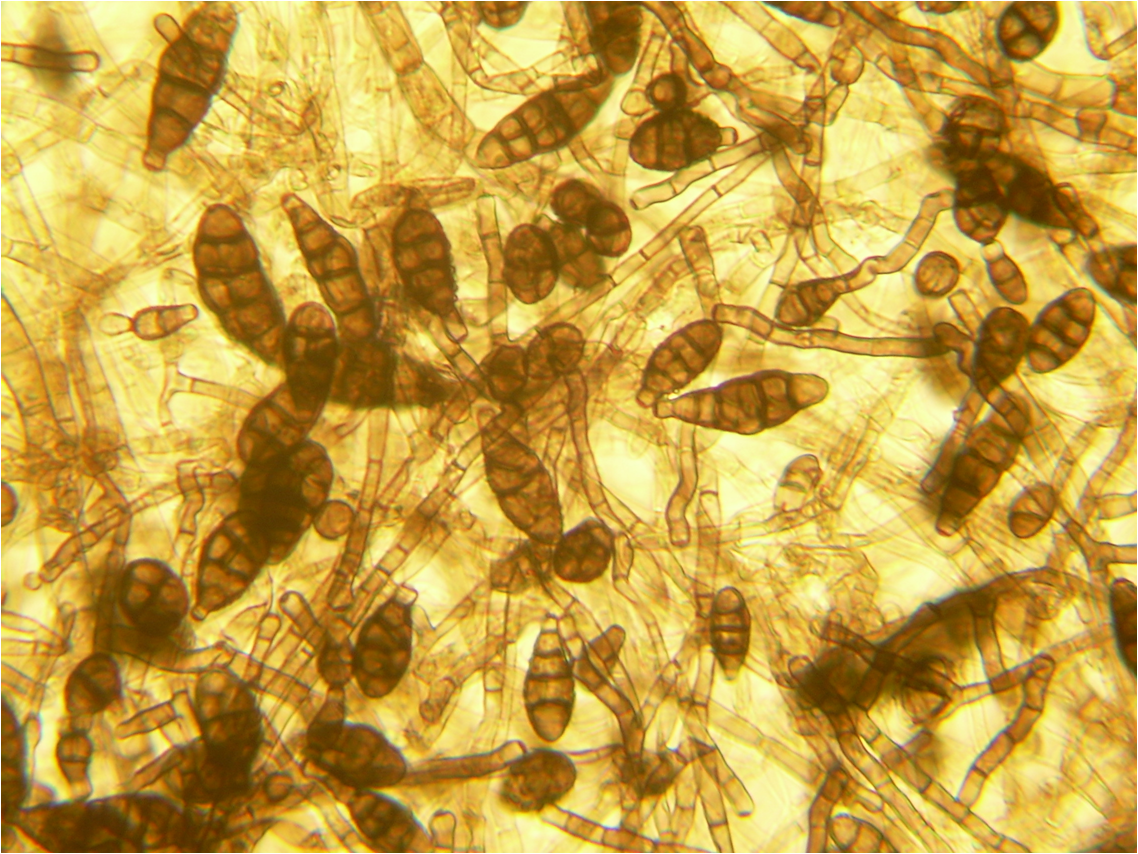The third common indoor mold that we are highlighting in our series is Alternaria. If you haven’t read our previous two blogs in the series highlighting Cladosporium and Aspergillus you can check them out too. A study published in the Journal of Clinical Immunology in 2006 highlighted Alternaria and its association with asthma in US homes. You can read more about this study from the National Institute of Health (NIH).
Alternaria is commonly found in soil, plants or other vegetation and generally it is dubbed an outdoor allergen. However, the exposure to these fungi in the home is still possible due to spores coming into the home from an outdoor source. Think: plants, flowers, dirt from shoes, etc. Spring is the beginning of the rise in Alternaria spores in the environment and they thrive throughout the fall.
In contrast to some of the other common indoor molds that we’ve been highlighting, Alternaria is one of the ones that actually thrives in dry, windy conditions as well as moist conditions. The spores are easily transported this way with the wind and this helps them to enter the home as well through open windows and doors.
This allergen can cause allergy symptoms such as allergic rhinitis and can cause issues with patients who have allergies to mold. Alternaria is a known risk factor for asthma as well (see study above).
Since it is impossible to completely avoid contact with these common indoor molds, the most important thing that we can do is to minimize exposure! This means, if you see mold in the home or think your symptoms are not just common allergies, you should have your home tested for mold.

